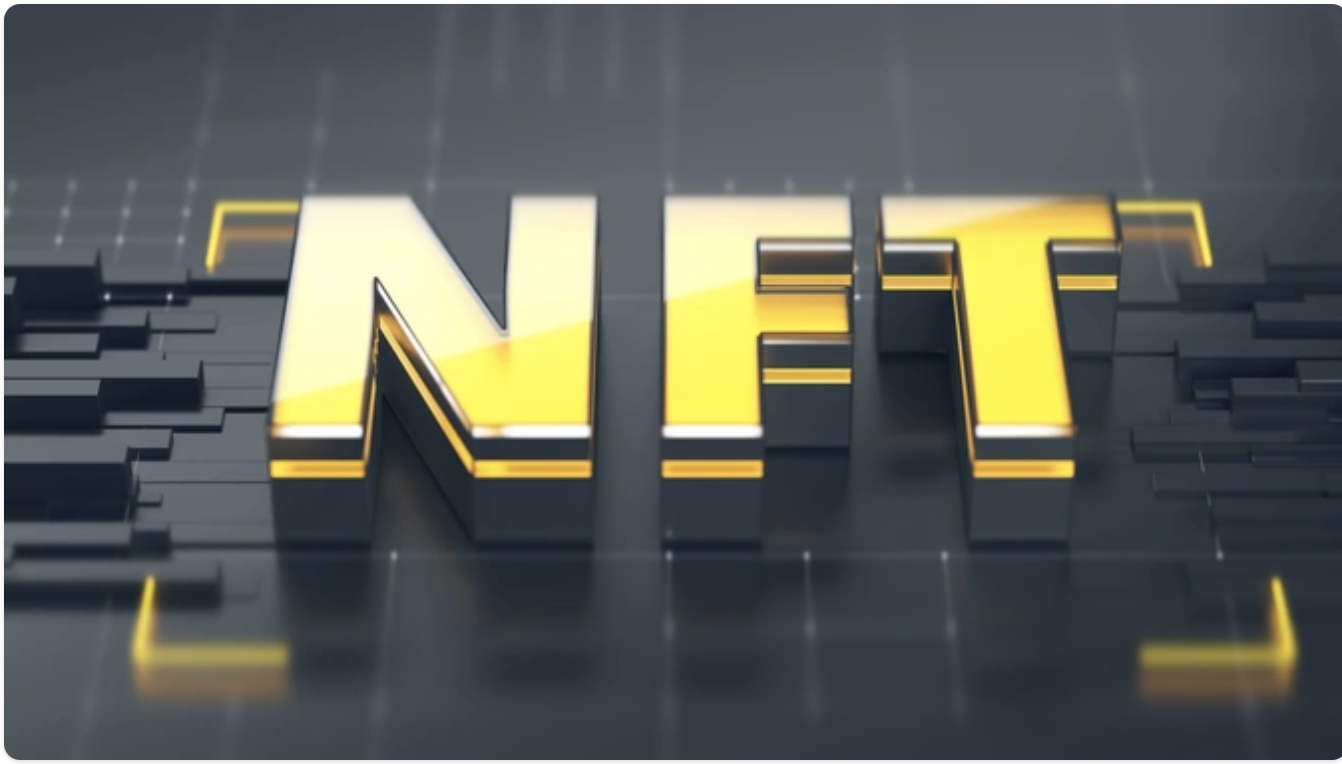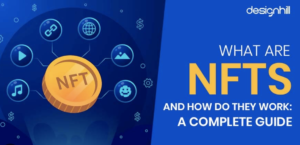Understanding the Mechanics: How Do NFTs Work?

In recent years, a new buzzword has taken the digital world by storm: NFTs. You may have heard of them in passing, but do you truly understand how they work? This article aims to demystify the mechanics of NFTs and provide you with a comprehensive understanding of this rapidly growing phenomenon.

What are NFTs?
NFTs, or Non-Fungible Tokens, are unique digital assets that can represent ownership or proof of authenticity for a specific item, such as artwork, music, videos, or even virtual real estate. Unlike cryptocurrencies like Bitcoin or Ethereum, which are fungible and can be exchanged on a one-to-one basis, NFTs are indivisible and cannot be exchanged on an equal basis. Each NFT has its own distinct value and cannot be replicated or replaced.
The mechanics behind NFTs
To comprehend how NFTs work, it is crucial to understand the underlying technology that powers them: blockchain. Blockchain is a decentralized ledger that records transactions across multiple computers, ensuring transparency, immutability, and security. NFTs are built on top of blockchain technology, utilizing smart contracts to define the properties and characteristics of each token.
How do NFTs work?
When an artist creates an NFT, they mint it by attaching a unique identifier to a digital asset. This identifier, stored on the blockchain, serves as a digital certificate of authenticity. Once minted, the NFT can be bought, sold, or traded on various NFT marketplaces. Each transaction is recorded on the blockchain, allowing for a transparent and verifiable history of ownership.
NFT ownership and authenticity
One of the key benefits of NFTs is the ability to prove ownership and authenticity of a digital asset. With traditional digital media, it is easy to replicate and distribute without proper attribution to the original creator. NFTs solve this problem by providing a traceable record of ownership, making it easier for artists and creators to monetize their work and ensure that they receive proper recognition and compensation.
NFT marketplaces and transactions
NFTs have gained significant popularity due to the emergence of NFT marketplaces, where buyers and sellers can interact and trade digital assets. These marketplaces act as platforms for artists to showcase and sell their work directly to collectors and enthusiasts. Transactions on these platforms are typically conducted using cryptocurrency, often Ethereum, and involve the transfer of ownership from the seller to the buyer.
Understanding blockchain technology
Blockchain technology, the backbone of NFTs, plays a crucial role in ensuring the security and integrity of these digital assets. By utilizing decentralized networks and cryptographic algorithms, blockchain eliminates the need for intermediaries, such as banks or auction houses, reducing the risk of fraud or tampering. This technology has the potential to revolutionize various industries beyond art, including gaming, real estate, and collectibles.
The future of NFTs
As NFTs continue to gain traction and mainstream adoption, the possibilities for their application are endless. We are witnessing a paradigm shift in how we perceive and value digital assets. NFTs have the potential to reshape the art world, empower content creators, and revolutionize the way we interact with digital media. The future of NFTs holds great promise, but it also presents challenges and risks that need to be addressed.
Potential challenges and risks of NFTs
While NFTs offer exciting opportunities, they are not without their challenges and risks. One of the primary concerns is the environmental impact of blockchain technology, particularly the energy consumption associated with mining cryptocurrencies like Ethereum. Additionally, there have been instances of copyright infringement and plagiarism within the NFT space, raising questions about the legitimacy and originality of certain digital assets. Regulatory and legal frameworks also need to be developed to protect both creators and consumers in this emerging market.
Conclusion
In conclusion, NFTs have revolutionized the way we perceive and value digital assets. By leveraging blockchain technology, NFTs provide a unique opportunity for artists and creators to monetize their work, prove ownership, and engage with a global audience. However, as with any emerging technology, there are challenges and risks that need to be addressed to ensure the long-term sustainability and fairness of the NFT ecosystem. By understanding the mechanics behind NFTs, we can navigate this exciting new landscape with knowledge and perspective. So, whether you’re an artist, collector, or simply curious about the future of digital ownership, now is the time to dive into the world of NFTs and explore the endless possibilities they offer.



